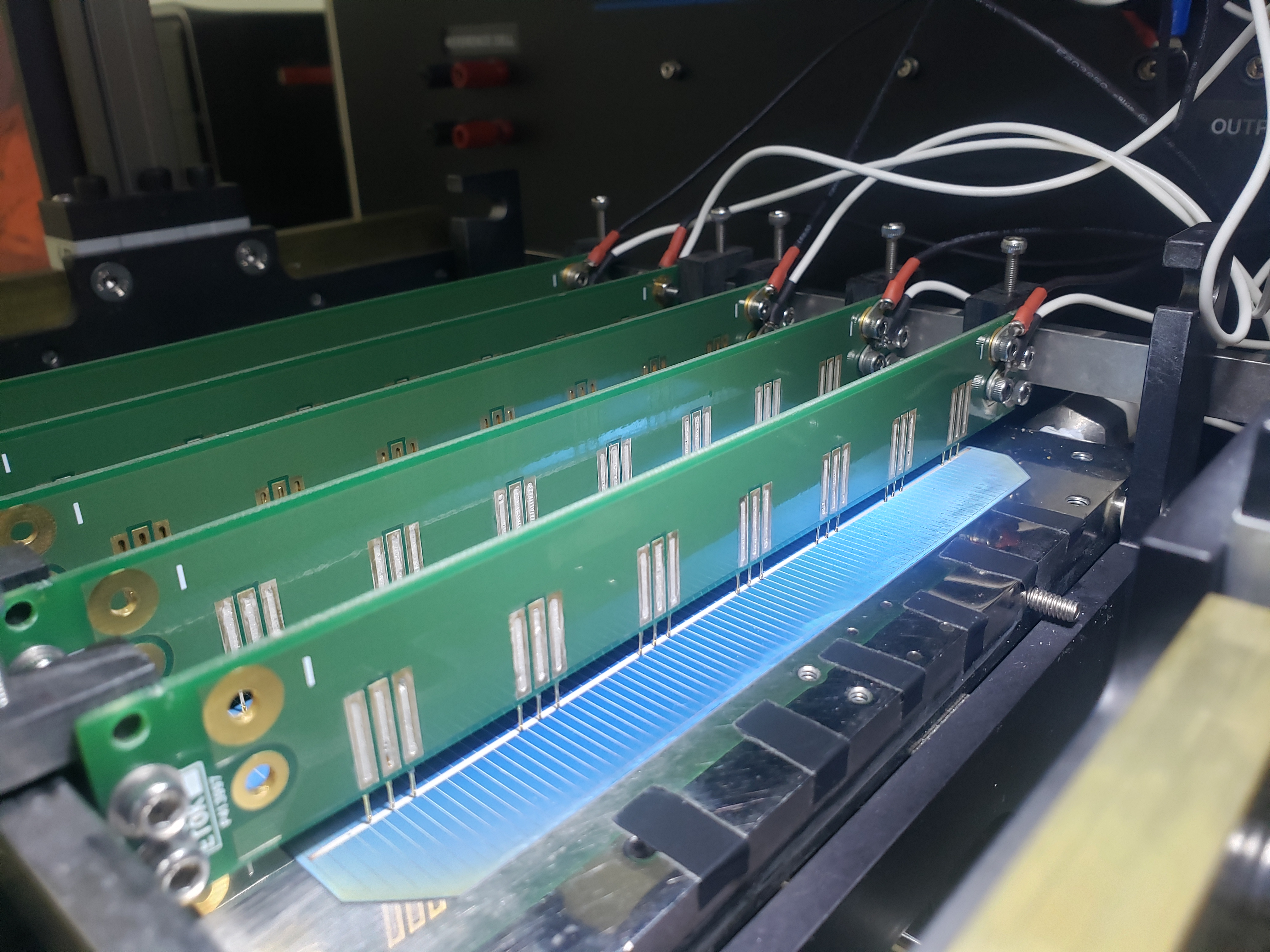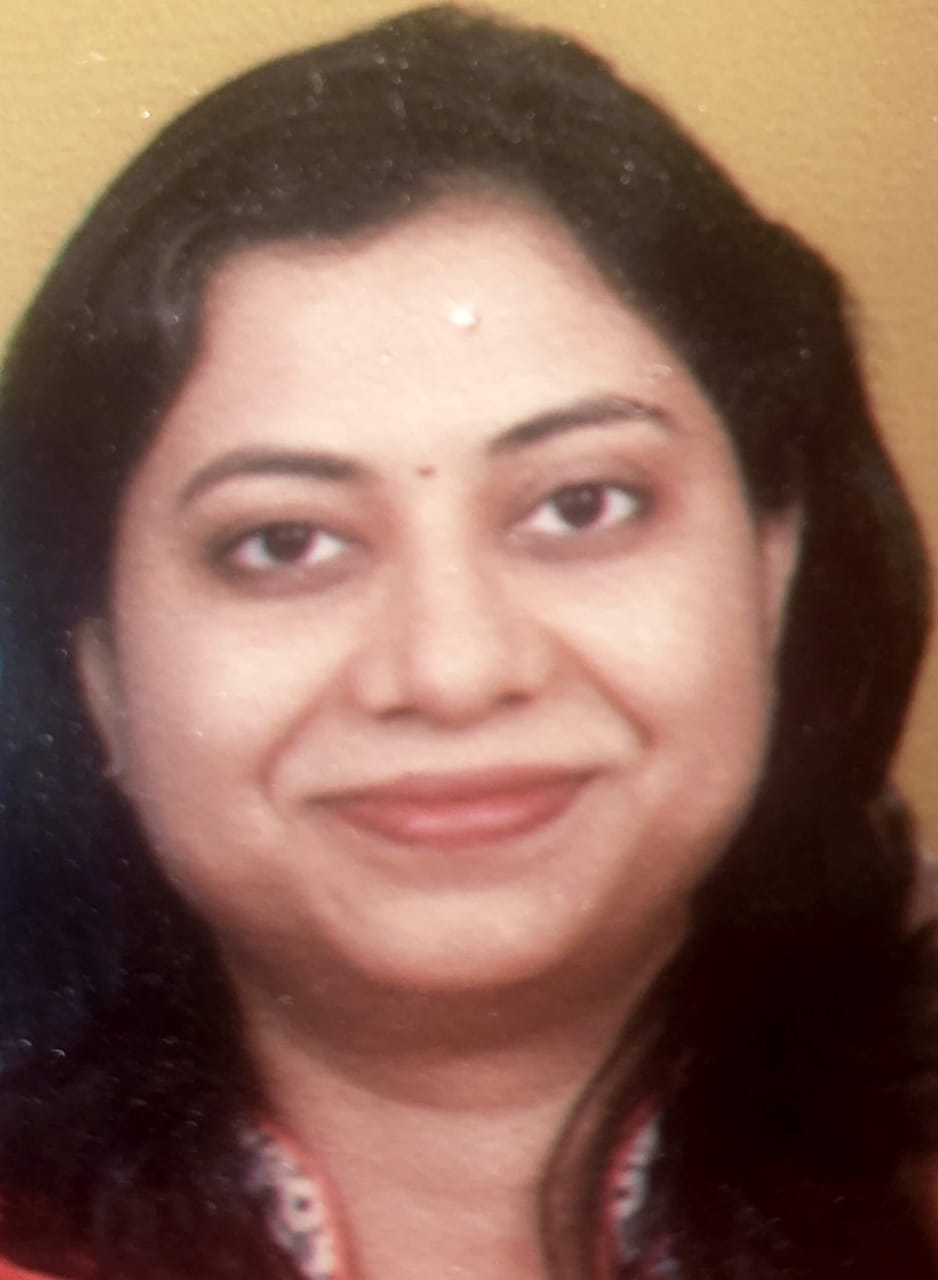


Traceable and reliable solar cell measurements are essential for the PV industry as every 1% increase in measurement uncertainty will translate to increased cost and credibility concerns. In collaboration with IIT Bombay spin-off, Silicon Solar Solutions promoted by NCPRE Alumnus Dr Dharmendra Kumar Rai, our scientists at the NCPRE Characterization team led by Dr Ashok Sharma are rigorously working to meet the reliability standards. Our team has successfully developed the in-house shadow-free probes that avoid the shadow of fixed probe bar width by probing the test cell at both ends of all busbars (BB) to empower measurement reliability. However, the non-availability of contact grid standardization based on the number and placement of contact pins for IV measurement is still a concern among testing laboratories.
To understand the impact of existing ambiguity on contacting strategy selection, our team at NCPRE first simulated and analyzed the two most probable used probing schemes L1: single voltage pin (-V-) at the centre, L2: one voltage pin adjacent to each current pin (-IV-). Careful analysis of simulation results explained the influence of fill factor (FF) and efficiency variations due to non-uniform potential distribution along the bus bar of substantial resistance. Further analytical model strengthens probing the bus bar with one voltage pin at the centre of two current pins (-IVI-) repeated at equidistance (L3). Therefore, based on the experimental and analytical results, NCPRE has developed an in-house L3 configuration to enhance solar cell performance. This further strengthens the government’s “Atmanirbhar Bharat” initiative towards traceable solar cell assessment. In future, our investigation will help the testing laboratories for quality assurance of solar cell measurements without much concern on contacting strategy selection.






